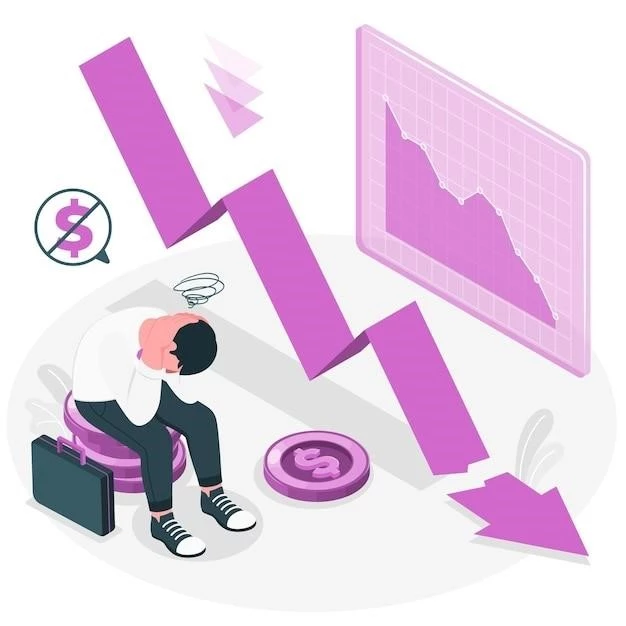The Economic Cost of Work-Related Deaths: A Personal Perspective
I used to think about workplace fatalities as tragic events‚ but just statistics. That changed when I started working at a construction site. The inherent dangers of the job ౼ heights‚ heavy machinery‚ electricity ⸺ were impossible to ignore. Every day‚ I saw close calls‚ near misses that could have easily turned fatal. It made me realize that the economic cost of work-related deaths is just one facet of a much larger problem.
The Human Cost: A Story
One day‚ a co-worker‚ let’s call him Mark‚ didn’t show up for work. Mark was a cheerful guy‚ always cracking jokes‚ and his absence was immediately felt. Later that day‚ we received the news: Mark had suffered a fatal fall while working on scaffolding. The news hit us hard. The statistics suddenly had a face‚ a name‚ a personality we all knew and loved.
The economic impact on Mark’s family was immediate and devastating. He was the sole breadwinner‚ and his loss left his wife and two young children in a precarious financial situation. Witnessing their struggle firsthand brought home the true cost of workplace fatalities – it wasn’t just numbers on a spreadsheet‚ it was about real lives shattered.
Beyond the Dollars and Cents
While the human cost is immeasurable‚ the economic impact of work-related deaths is staggering. The National Safety Council estimates that the average cost to employers for a single workplace fatality is over $1.3 million. This figure includes:
- Direct costs like medical expenses‚ workers’ compensation‚ and legal fees.
- Indirect costs such as lost productivity‚ training of replacement workers‚ and damage to equipment.
- Immeasurable costs like decreased employee morale‚ negative publicity‚ and potential lawsuits.
But these figures only scratch the surface. They don’t account for the emotional toll on families‚ the lost potential of the deceased‚ or the ripple effect on the community.

My Wake-Up Call: Safety First
Mark’s death was a wake-up call for me. It made me realize that safety isn’t just a box to be ticked or a set of rules to be followed – it’s about protecting lives‚ families‚ and futures. I became more vigilant about safety protocols‚ not just for myself but for my colleagues as well. I spoke up when I saw unsafe practices‚ and encouraged others to do the same.
A Call to Action: We Can Do Better
Work-related deaths are preventable tragedies. Here’s what we can do to create safer workplaces:
For Employers:
- Prioritize safety culture: Make safety an integral part of the company culture‚ not just a set of regulations.
- Invest in training and education: Provide comprehensive safety training and resources to all employees.
- Encourage reporting of hazards: Create an environment where employees feel comfortable reporting safety concerns without fear of repercussions.
- Regularly review and update safety protocols: Stay up-to-date with the latest safety standards and technologies.
For Employees:
- Be proactive about safety: Take responsibility for your own safety and the safety of those around you.
- Speak up about concerns: Don’t hesitate to report any unsafe conditions or practices to supervisors.
- Participate in safety training: Take advantage of any safety training opportunities provided by your employer.
- Wear appropriate personal protective equipment (PPE): Always use the necessary PPE for the job‚ no matter how small the task.

Honoring Lives Lost: A Commitment to Safety
Every worker deserves to return home safe and sound at the end of the day. By prioritizing safety‚ investing in training‚ and fostering a culture of vigilance‚ we can prevent tragedies and create a world where the economic cost of work-related deaths becomes a relic of the past. Let’s honor the memory of those we’ve lost by committing to a safer future for all.










